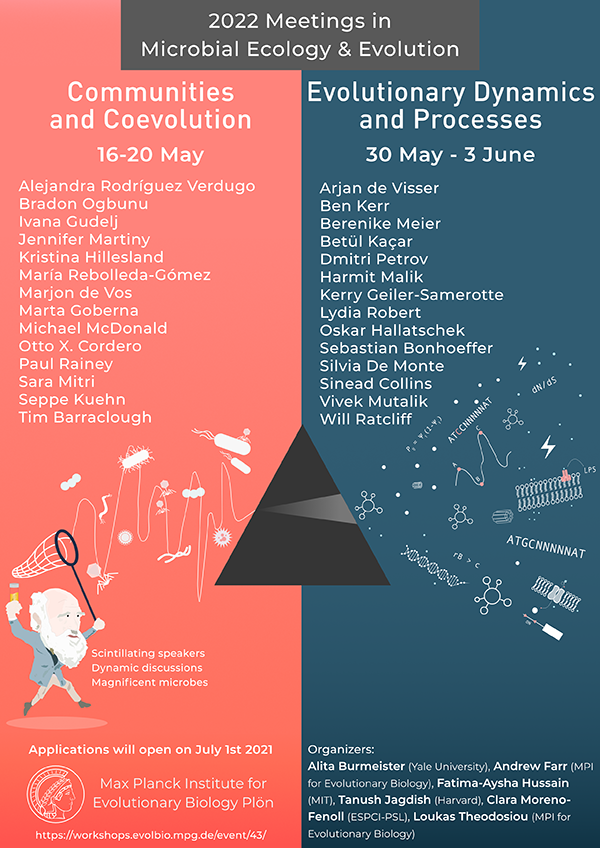Speaker
Description
Microbial communities in aquatic habitats, ranging from small fresh water streams to the vast oceans, are confronted with a relatively new (from an evolutionary point of view), man-made and omnipresent carbon source: plastics. Research has shown that plastic particles in marine ecosystems are rapidly colonized by microorganisms, and that microbial community in the so-called plastisphere has a different composition than the surrounding seawater. We exposed a natural marine microbial community to different types of plastics in laboratory conditions, to enrich for microorganisms with the metabolic capability to degrade those plastics. The presence of plastic induced a shift in the composition of the microbial community, showing the adaptation when supplied with different types of plastics. Moreover, the microbial community evolved differently, depending on the type of plastics and the amount of nutrients supplied. We furthermore hypothesised that the enriched microbial community that colonizes the plastic, also degrades the plastic. By using a trickling filter, microbial biofilm formation on plastic particles was stimulated. Furthermore, this design allowed us to separate the bacteria preferring a sedentary lifestyle in the biofilm from the planktonic bacteria in the effluent. The microbial community in effluent and biofilm evolved differently over time, as one the one hand, attached bacteria are in close proximity of the polymer, and on the other hand, the released mono- and oligomer compounds attract hydrocarbonoclastic genera. After four weeks, the microbial community in the effluent of the trickling filters already had a remarkable high abundance of Alcanivorax (up to 80%), a genus well-known for oil degradation. This genus was also present in the biofilm, but in lower abundance (up to 20%). Additionally, differences in presence of other genera was seen in the effluent versus the biofilm. Further research should elucidate whether this different microbial community composition can be linked to the different steps in the biodegradation process of polymers.

